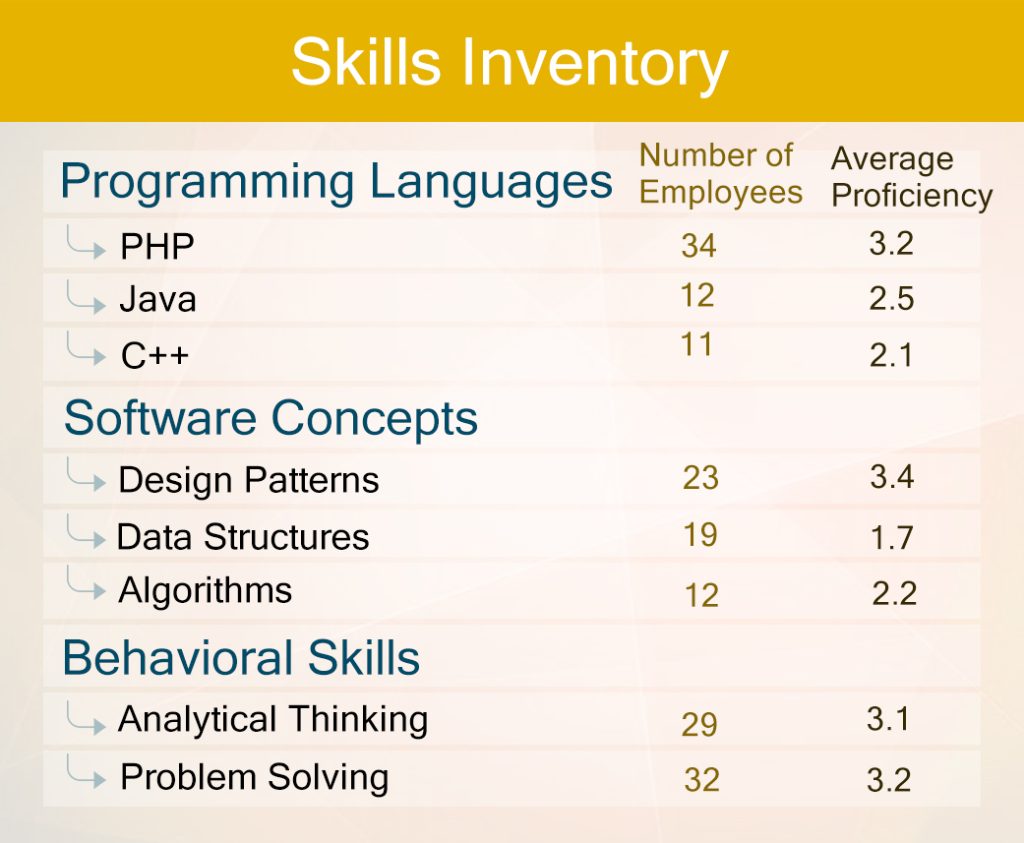Contemporary organizations are far more complex than what they used to be. Businesses require expertise in more than one area and organizations employ people with several different skill profiles. Gone are the days when there was a large number of employees with similar skill sets. There may exist many skills profiles in the company which require employees in single digits. Each of these employees and their skills are important to the company.
For example, a company may need to have a website that is constantly managed and may require just one webmaster. A manufacturing company may require only one database administrator to manage their databases.
Any talent management program needs to pay attention to these fringe but vital resources. When planning development they need to address the development needs of people with varied skills. Most often organizations are geared towards aggregation of data and focusing on the larger numbers. This is flawed in the context of contemporary organizations as they cannot afford to ignore the skills profiles that are in varied and are in small numbers. This is the challenge of the Long Tail.
What can be done?
Skills Profiles of each employee needs to be comprehensively captured – mapped, collated and maintained. Care should be taken to include the skills of those in small numbers. HR particularly has to be aware of the limitations of aggregation. For example, when it is charting training plans, it cannot lose sight of these people in small numbers. They too need to be developed. These people and their very important skills profiles could easily get lost in pie charts and other graphs which are good for aggregation.
The Talent Management program should address the needs of these people, whether it is training on new skills or planning for career movements.





